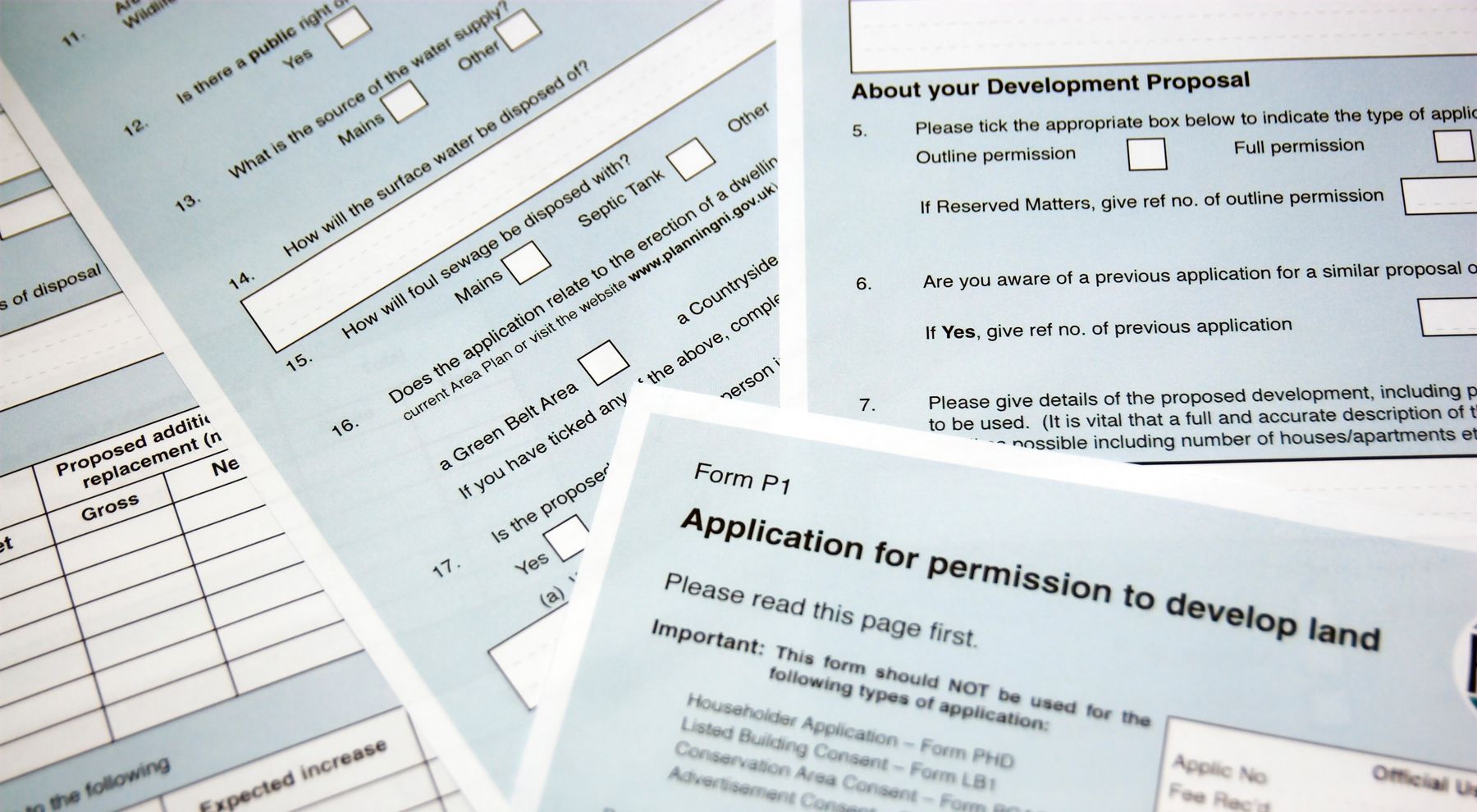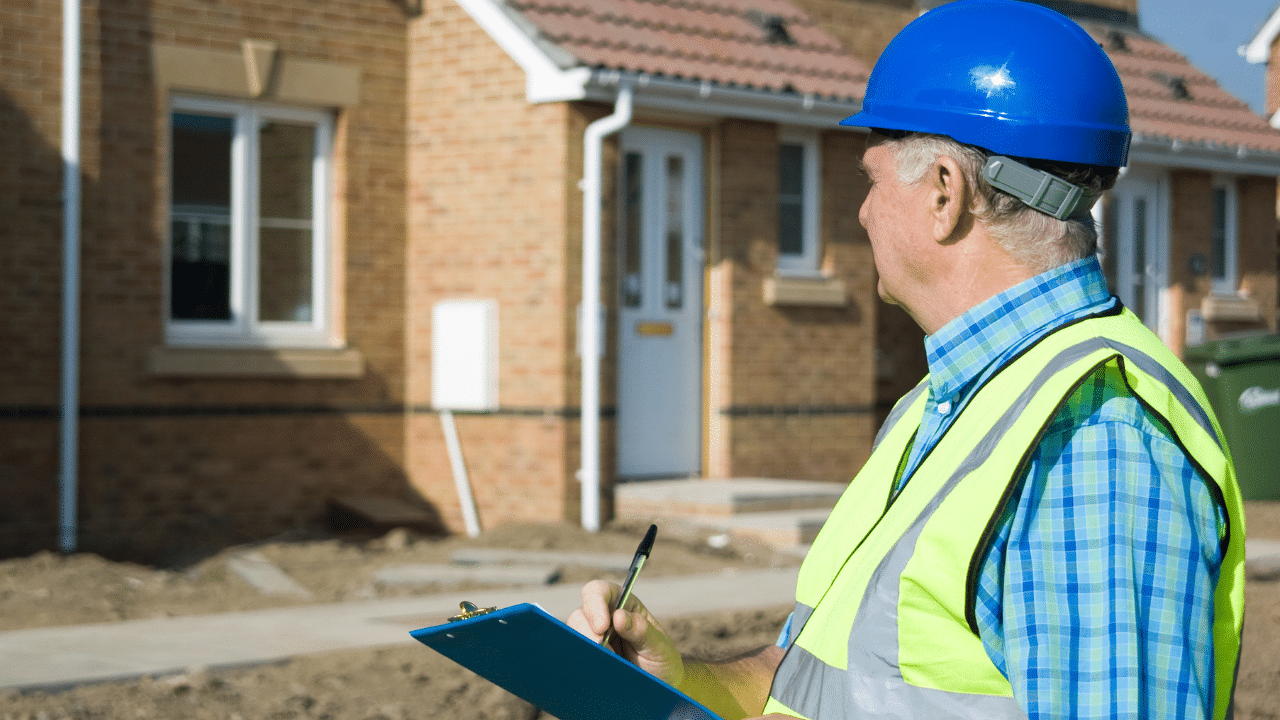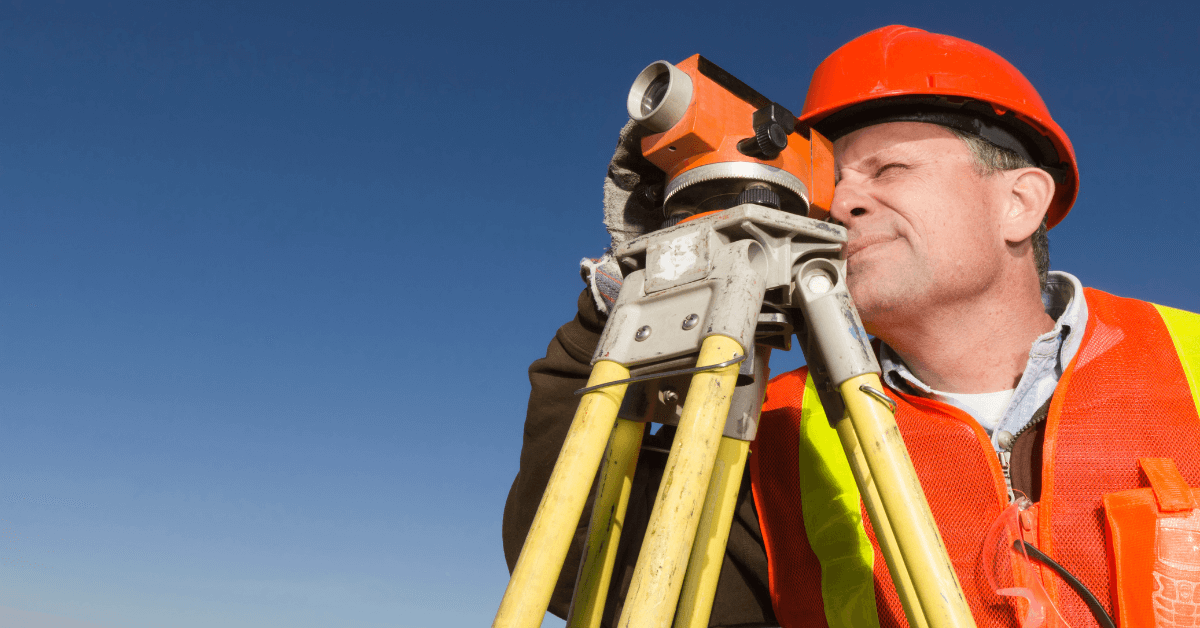What Is Included in a Dilapidation Report?

At Simon Levy Associates, we are frequently asked about dilapidation reports, particularly by property managers, landlords and tenants who want to understand the condition of a property before or after a lease term. A dilapidation report is a vital document that details the state of a building, highlighting any potential repairs or maintenance issues. Here’s a comprehensive breakdown of what’s included in a dilapidation report, and why it’s crucial to conduct a thorough dilapidation inspection.
What Is a Dilapidation Report?
A dilapidation report, also known as a schedule of dilapidations, is a detailed record of a property’s condition at a specific point in time. It is commonly prepared by a chartered building surveyor during a dilapidation inspection. This report is typically requested by landlords or tenants to ensure that the property is maintained according to the lease agreement’s stipulations. At the end of a tenancy, it helps determine whether the tenant has met their obligations regarding property repairs and maintenance.
Key Elements of a Dilapidation Report
A dilapidation report includes several crucial components that provide a comprehensive overview of the property’s condition:
Property Description
The report begins with a detailed description of the property. This includes the address, size, and any significant features that define the building. Accurate documentation of these details is essential for reference purposes.
Photographic Evidence
High-resolution photographs accompany the written observations in the report. These images are crucial for visually capturing the condition of various parts of the property, including walls, ceilings, floors, windows, and external areas. Photographs provide indisputable evidence of any existing damage or areas of concern.
Schedule of Condition
This section lists all observed defects, damages, or maintenance issues, categorised by severity. It includes everything from minor wear and tear to more significant structural issues. Each item is typically linked to the corresponding photographic evidence, making it easy to identify the specific location and nature of the problem.
Assessment of Lease Obligations
The report assesses the tenant’s compliance with the lease terms, particularly concerning property maintenance and repairs. It identifies any breaches, such as unaddressed repairs or alterations made without permission, which may require rectification before the lease ends or before a new one can begin.
Recommendations for Repairs
Based on the findings, the report will often include recommendations for necessary repairs or maintenance. These suggestions ensure that the property remains in good condition and complies with any lease obligations. For tenants, this can help avoid disputes at the end of the lease.
Why Is a Dilapidation Inspection Important?
Conducting a dilapidation inspection is crucial for both landlords and tenants. For landlords, it ensures that the property is returned in a condition that meets the lease’s requirements, protecting their investment. For tenants, it helps avoid potential disputes and unexpected costs at the end of the lease term by clearly outlining their responsibilities.
Whether you’re a landlord needing to protect your property or a tenant ensuring you fulfil your lease obligations, Simon Levy Associates can provide the professional dilapidation services you need. Contact us today to schedule a dilapidation inspection or to learn more about our comprehensive building surveying services.











